How do I start growing my own food at home? This is the overarching theme of almost half of the emails we receive.
The interest in growing food at home has skyrocketed over the past few months. This seems largely due to the devastation being caused by Covid-19. Regardless the reason, now is as good a time as any to learn how to start growing your own food. It is truly one of the most rewarding hobbies, and you will quickly realize how much better a home cooked meal can get.
The location
Choosing the perfect spot for a large outdoor garden can be a challenge. However, going too big at the beginning will just become overwhelming until you are used to the process. And hey, who said it even needs to be outdoors. With the surge of interest in hydroponics at home, it’s even easier to start growing your own food. Keep on reading as we’ll dive into hydroponics at home later in the article.
No matter the location or setup, start small and build your garden over time.
Container gardening
This is a great option if you have limited space, be it indoors or outdoors. Container gardening is perfect for those of us with only a balcony, small courtyard, or for growing indoors.
The beauty of container gardening is you can grow pretty well any vegetable and several varieties of fruits given the appropriate size of container and the right conditions. They are also the easiest to move from one spot to another whether you are chasing sunlight or just improving their conditions from one stage of growth to the next. For example, spinach likes a cooler temperature and will start to bolt in hot summer heat. Whereas bell peppers need the hot summer heat to flower and fruit.
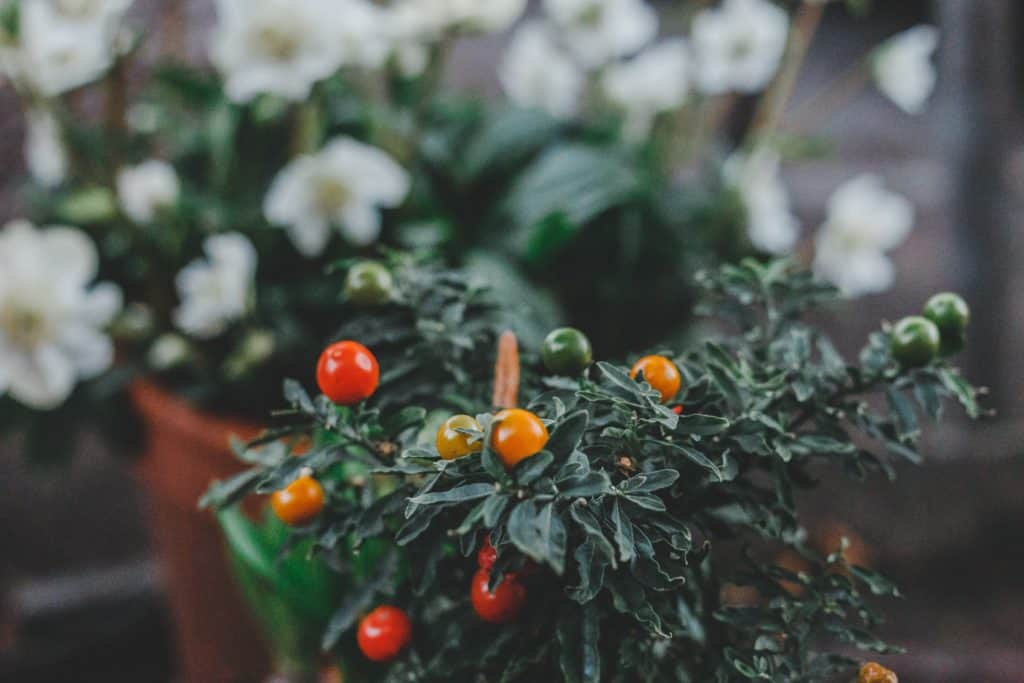
Personally, I use containers to grow my greens (spinach, arugula, and mustard greens) outdoors in the spring. I can usually start them earlier because the soil warms up quicker, and I can control their spread better than in my raised beds. Additionally, I can keep them out of the hot sun when the temperature starts to warm.
Container gardening also gives you the chance to get your hands into a DIY project by upcycling other materials. I have seen everything from stainless steel water troughs to pasta strainers with hanging strawberries. The possibilities only end with your imagination.
The biggest downside to container gardening is water usage. They dry out relatively quick. If they are outdoors and it’s warm and sunny, expect to be watering your container garden daily (if not more).
Raised garden beds
In my opinion, raised garden beds are the holy grail of outdoor gardening and growing your own food.
They maximize the amount of fruits and vegetables you can grow per square foot. They extend the growing season by lifting the dirt above ground level meaning it warms quicker in the spring, and with some small tweaks can remain warmer in the fall (cold frames).
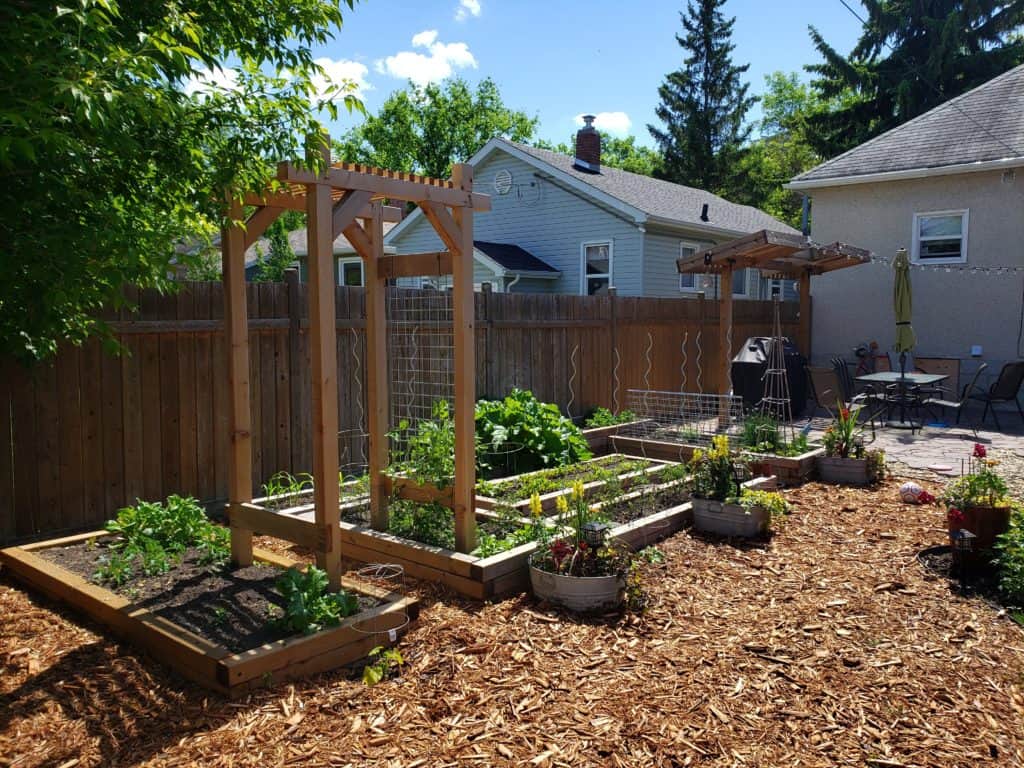
Perhaps one of the best advantages to raised garden beds is the reduced need for weeding. It also makes pulling any weeds far easier throughout the growing season. Even better, you determine the height of your raised garden bed, so lift those babies up and save your back!
Vertical gardening
Is space at a premium? Do you want to keep your area clutter free without containers? Then vertical gardening is your answer. Vertical gardening is less of a location, and more of a strategy.
When I first started growing my own food, I didn’t take nearly enough advantage of vertical gardening. Nowadays, even though I only have about 125 sq/ft of raised garden bed, I can produce the equivalent amount of twice that space in fresh produce. How? By going vertical. Among others, peas, beans, lettuce (yes lettuce), cucumbers, herbs, and strawberries can all be grown vertically. In some cases you just need to select the right variety (ex. poly beans vs. bush beans).
Hydroponics at home
This is my favourite way to garden. It may not produce nearly the same amount as my outdoor garden beds, but it is far more fun, and I can garden year round which is big for living in north central Canada where it is routinely below zero degrees Celsius for months on end.
Hydroponics at home is undergoing a huge boom in popularity because it doesn’t require much space and can be as simple or as complicated as you want it to be.
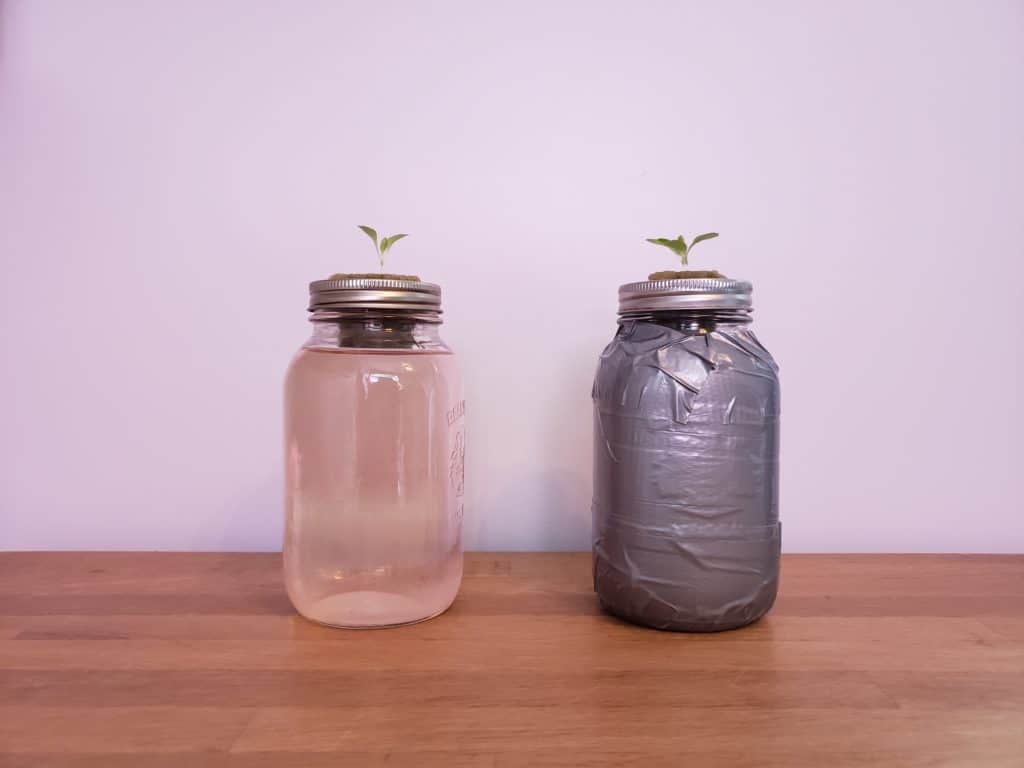
Your hydroponic setup can be as simple as lettuce growing in mason jars in a windowsill or a more complex hydroponic system with optimal grow lights and medium.
Learn all about getting started with hydroponics
The beautiful part about hydroponics at home is that it can be paired with vertical growing for a truly optimized yield per square foot. Take my deep water culture setup for example. It is 4 plastic containers on a vertical shelf system. In each container I have 6 growing cups (net pots). In addition, I have an extra shelf purely dedicated to starting new seedlings. This lets me grow up to 24 plants at a time and maintain a variety of seedlings waiting at the ready.
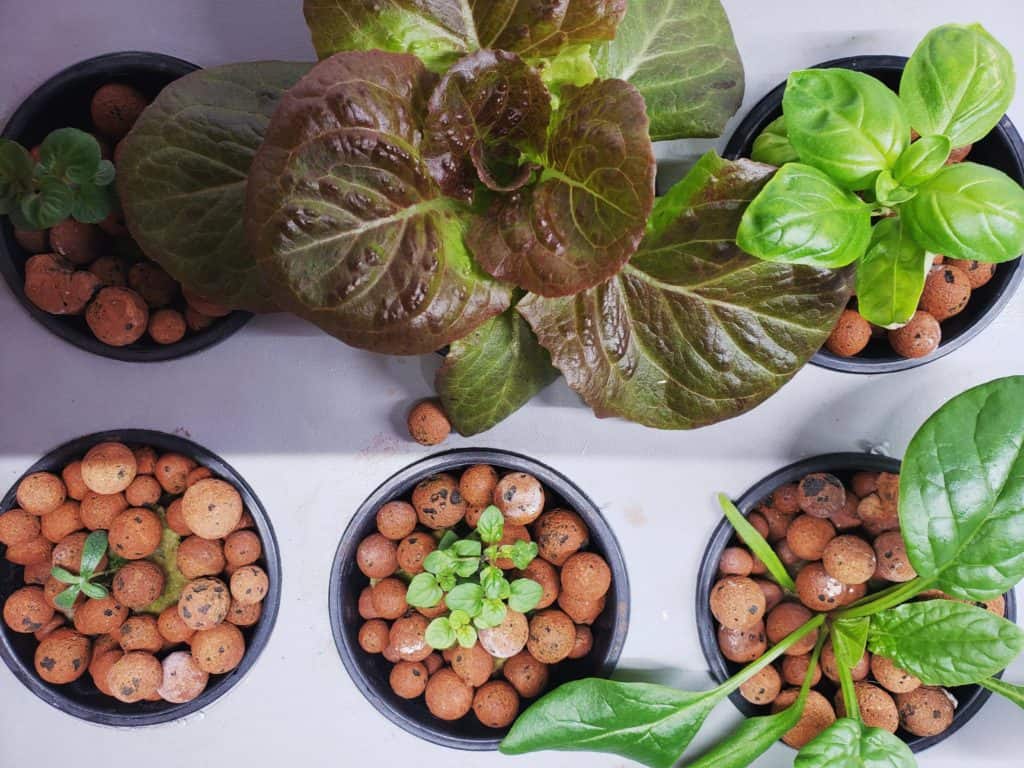
Growing your own food using hydroponics has some major advantages.
- Uses far less water than traditional gardening
- Speeds up harvest times
- Saves space
- Gives you complete control
- Almost no pests
- And maybe best of all, no weeding
But there is even more practical reasons to start growing your own food using hydroponics at home.
Remembering to water your plants will be a thing of the past. As long as your hydroponic reservoirs have water, you are good to go. Depending on the stage of plant growth, I can go several weeks without topping up my nutrient solution.
Fresh lettuce, herbs, tomatoes, cucumbers can all be at your fingertips without the need to run to the grocery store. This has been the biggest upside for our family.
Planning
I would be lying if I said you could walk out your door and start gardening. Although this might be possible for those with a decent supply of seeds, or soil, or containers. The truth is if you are looking to get started growing your own food, then some planning will be required.
If you plan to grow outdoors, you obviously need the right conditions. Further, most fruits and vegetables have a natural season. This means planting and harvesting at specific times of the year. Therefore, start by figuring out what fruits or vegetables you want to plant and then do some research to see when those seeds are best sown in your climate.
Once again, I have to give a nod to taking advantage of hydroponics at home. Hydroponics throws out the conventional planting and harvest times because you are in control of daylight, humidity, and the nutrients. I just finished a 2 month flowering and harvest period of jalapeno peppers and it’s the middle of winter!
Know your medium
What exactly do I mean by this? In order to maximize your potential and yield, you want to understand your growing medium. Whether it is soil based growing or hydroponics, you need to know what you are working with.
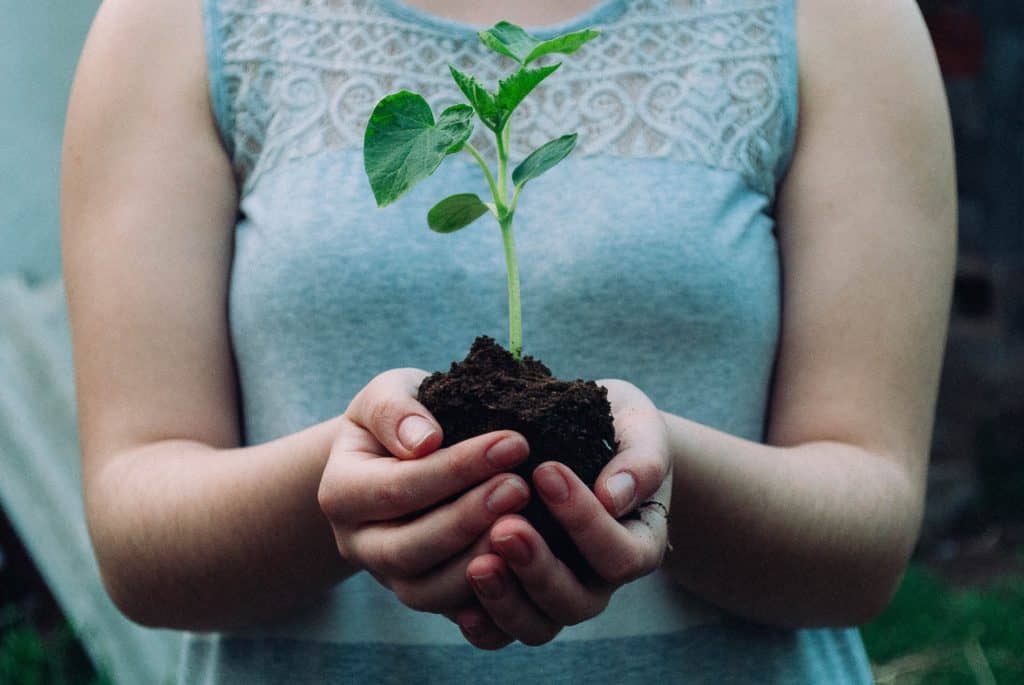
https://www.ecolife.zone/permaculture
Soil is composed of several main ingredients, and it can lean toward a base of clay, sand, or loam. All of which lead to different growing tendencies. If you are planning a simple setup using potting soil, go ahead and skip to the next section below. However, if you plan to grow in a garden bed, a squeeze test will be worth its weight in gold.
Simply put, squeeze a handful of soil into a ball and then poke it with your finger. If it crumbles you have some fantastic soil. If it stays in a hard ball, you have a clay based soil. Finally, if it won’t even form a ball, you have a sandy based soil. Luckily, there are several ways to improve your soil once you know what you are working with.
Check out even more soil tests to get the most out of your garden
The correct medium is just as important when growing your own food at home with hydroponics. No matter how simple your setup, some form of growing medium will be required. In addition, you will need to add nutrients to the water to give your plants the necessary elements for growth. This may all sound very scientific, but have a read through these two articles and you will be ready to get started.
The complete guide to hydroponic growing mediums
All you need to know about nutrient solutions
Start your seeds
Sometimes it really is as easy as plopping seeds into the soil and letting them grow. Other times it is more involved.
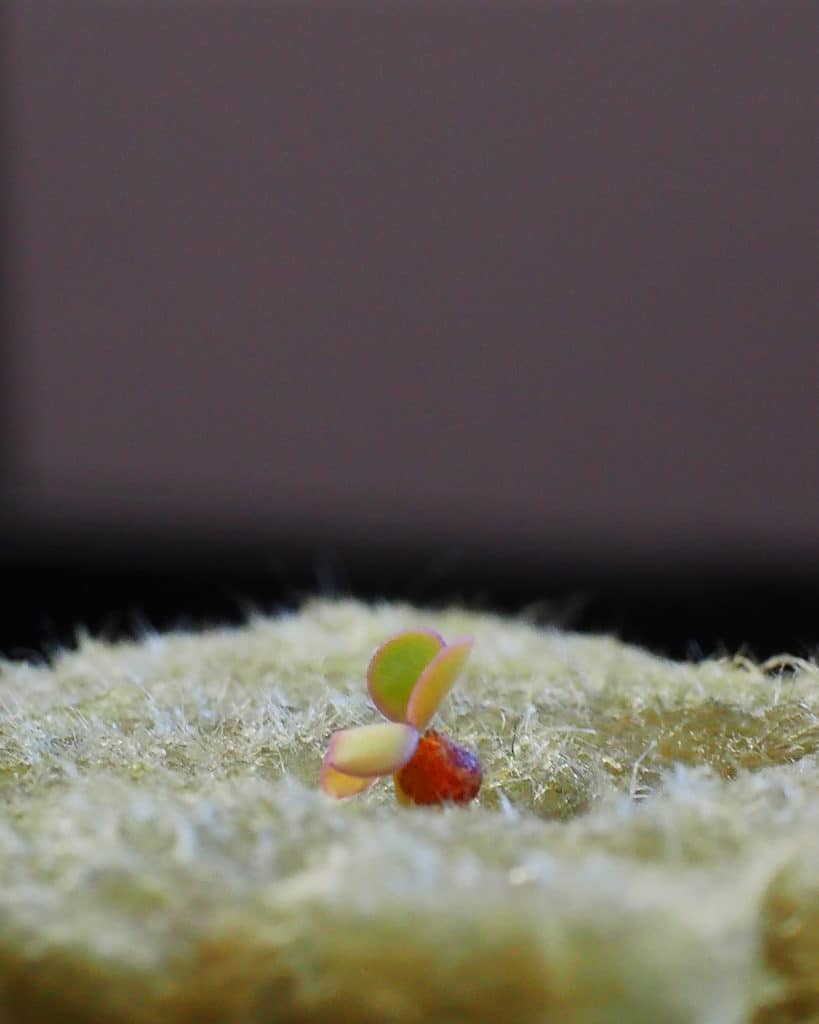
When your first start growing your own food at home I suggest following the directions on the seed packet for sowing instructions. They typically provide an appropriate depth and seed spacing for optimal growth. However, it is worth noting that not all seeds should begin their life directly in your outdoor garden (depending on your geographical location). For example, it is necessary for most of us Canadians to start our tomatoes and peppers indoors if we want any hope of a good harvest. You will likely have come across this information in your previous research while planning what types of fruits or vegetables you want to grow.
Starting seeds for your new hydroponic setup is just as easy. All you need are some rockwool growing cubes where the seed can be plopped right in place.
Enjoy the process
Don’t expect to plant some seeds, walk away, and then come back for a bountiful harvest. No matter how simple the setup, some maintenance and a watchful eye is required. As I mentioned above, in hot climates, containers may need to be watered once a day or even more. Plan for time in your schedule to walk through your garden and poke your fingers in the soil. Water your plants and pull weeds when needed. Remember that the weeds are using your soils nutrients even faster than your seedlings.
If you took the hydroponics at home route, congratulations, your life will be easier. The vast majority of work is establishing your seedlings in the first two weeks. Once your seedlings are transferred to your hydroponic setup, it’s as simple as making sure your water levels and nutrient solution are kept up. Check out the video below for a complete tutorial on setting up a deepwater culture hydroponic system.
Most importantly, enjoy the entire process. Growing your own food should be calming and relaxing. If it becomes a point of stress or frustration, take a step back and assess the situation. You may have gone too big too fast, or the particular style may not be for you. I know many people who don’t have the patience for traditional soil gardening, but love tinkering with their hydroponics at home.
Growing your own food
Congrats! If you made it this far you are well on your way to growing your own food. The process is incredibly rewarding and I promise you, it just tastes better than store bought.
The benefits of growing your own food are immense. It is a fascinating hobby, a great method to teach kids all about where food comes from, and an effective stress reliever. Growing your own food is more attainable than most people realize and it can even save you hundreds of dollars a year in food costs.
Set some time aside, start out small, and don’t be disheartened if the process doesn’t go perfectly the first time. There will be bumps along the way, but that is all part of the process.
Happy growing!
You may also enjoy:

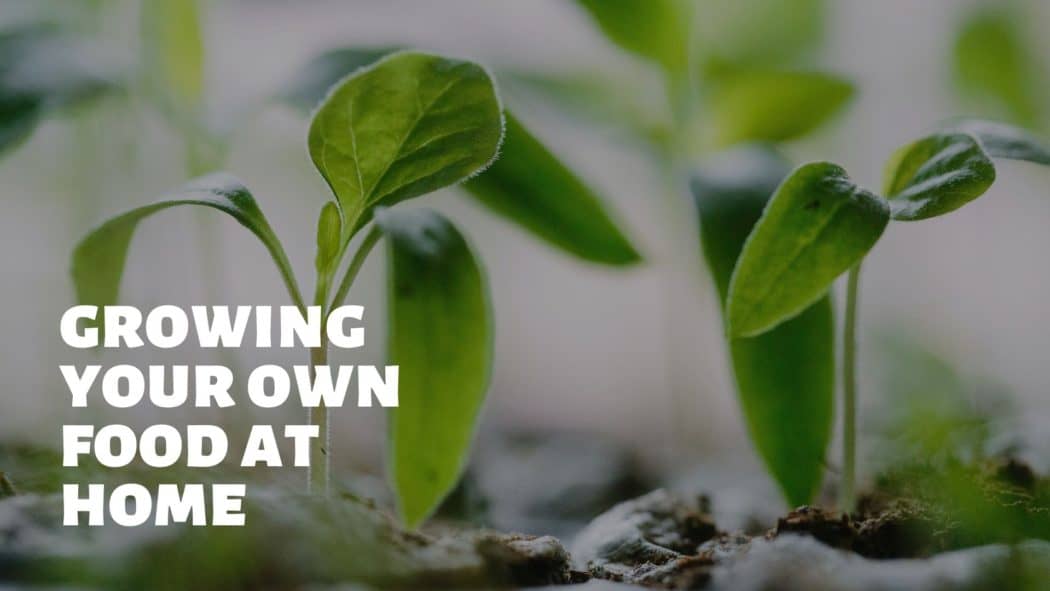
No Comments